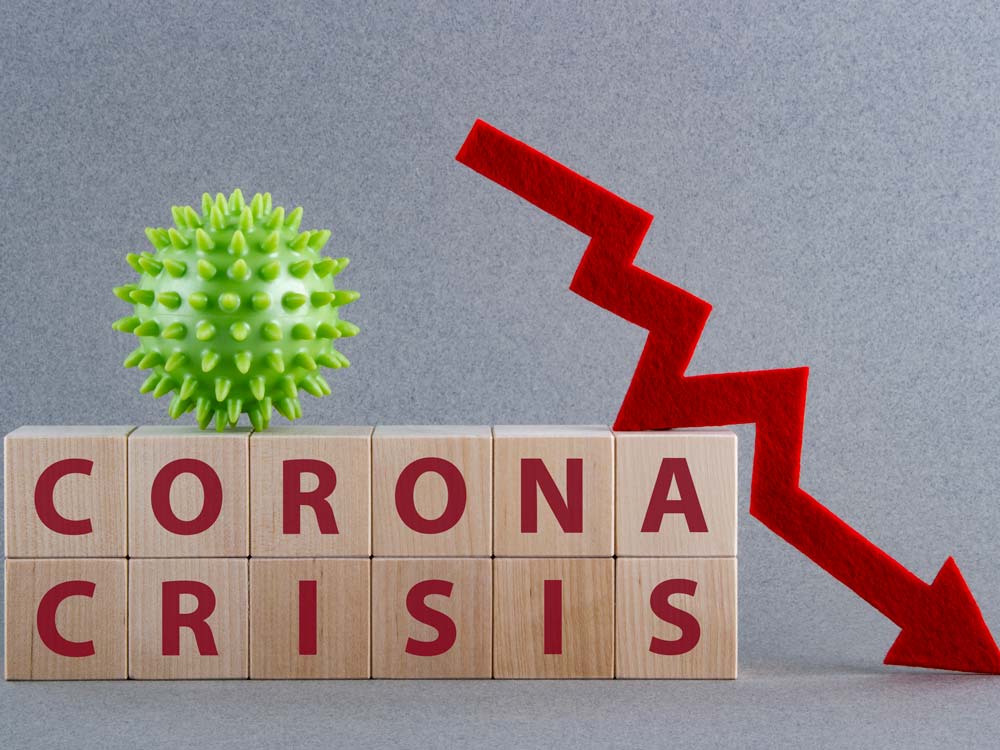
Value Research Stock Advisor has just released a new stock recommendation. You can click here to learn more about this premium service, and get immediate access to the live recommendations, plus new ones as soon as they are issued.
If this was not such a serious time, I would be laughing out loud at the predictions that are streaming in about the impact of the pandemic on the world economy in general and on the investment markets in particular. The granddaddy of this was (obviously) Goldman Sachs which said around the 15th of February that the impact of the disease on global growth will only be a 'modest hit to annual-average global GDP' of 0.1% to 0.2%. They also said that unless there was a significant change in the circumstances, the impact of the virus would be limited to companies that are most exposed to China. Of course, once you buy a put option on your predictions by saying 'unless there is a significant change of circumstances' you are home clear. You can say anything and if you are challenged you can always say the circumstances changed.
Nowadays, there is a new wave of analysts looking at clues in past market crashes for whether we are done with the worst part of the crash or whether we are still some way from that. The weirdest of all are the ones who base entire reports on things like 'When a bear market has fallen 25 per cent from the peak, it's near the bottom and the time to start buying.' People are writing such things and based on the traffic on social media, other people are believing it. What is the basis of this belief? Just an average of the past, I guess. However, there is no reference to the real world here. No connection with what is the root cause of the bear market. The harsh reality today is that there's no commonality between what happened in 1989, 1993, 2001 and 2008. Each was a different story. You can calculate the averages, but averages are a poor tool for such times.
Anyway, this whole 25 per cent story smacks of technical analysis mumbo jumbo which is meaningless garbage even in the best of times. There is also more fundamentally oriented estimation going on. One is the ratio of total market capitalisation to GDP. The theory is that once the ratio is below its own long term average, then the markets are cheap enough to buy. Obviously, India (and my guess is that every market in the world) is now well below this threshold. Does this mean anything?
The thing to understand here is that almost every indicator like this is based on the caveat 'all other things being equal.' The GDP measure itself is an estimate based on the same caveat. All these indicators are based on the implicit principle that there is no big inflexion point in the past or the future. That's not a reasonable assumption to make at this point. We may be facing a very large inflexion point. Or possibly, the inflexion point may be that the upheaval will prove to be smaller than we are expecting. Or even it will be very different, so different that none of these predictions (because that's what they are) have any meaning.
If there is one thing that I have observed in various crises is that in the heat of the moment, people tend to make predictions by just extending the past. We've seen this over the last few weeks about the disease itself. Back in mid-February, there were predictions that China would have more than 5 crore cases by now. Just a month ago, there was someone who was hoisted up as an expert by many TV channels here who predicted about 30-40 crore cases in India by May.
These predictions were straight-line extensions of the trend at that moment. They were implicitly based on the assumption that no one would do anything to change the trend. Something similar is going on about business and economy predictions. At this point, the biggest unknown is not the economic impact but what governments and businesses will do as a counteraction.
Eventually, the mitigation efforts will be the most important factor in the economic impact, just as they have been for the health impact of the virus. Therefore, one should be highly sceptical of any attempt to put numbers to what is coming in the months and years ahead.








